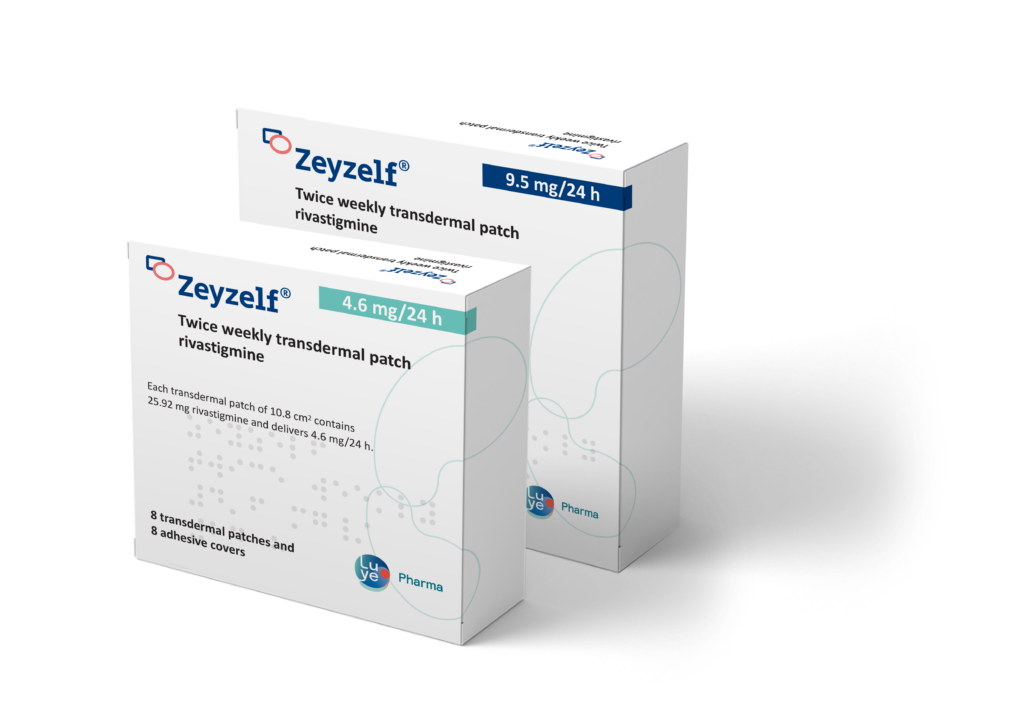Teva Phase IV UNITE study shows AJOVY® (fremanezumab) reduced migraine attacks and depression symptoms in migraine sufferers with Major Depressive Disorder
- Almost half of all migraine patients experience depression and anxiety[1]
- Migraine patients treated with AJOVY® (fremanezumab) showed significant reductions in depressive symptoms and clinically meaningful improvements in disability outcomes
- Data revealed at the World Congress of Neurology, Montreal, Canada
17th October, 2023: Teva Pharmaceutical Industries Ltd has announced that data from the UNITE study presented today at the World Congress of Neurology in Montreal, Canada, show that AJOVY® (fremanezumab) reduced migraine attacks and depression symptoms in migraine patients with major depressive disorder. AJOVY® is currently approved for the preventive treatment of migraine in adults.
Depression is one of the most prevalent psychiatric co-morbidities in migraine and patients with comorbid depression experience an increased risk of migraine ‘chronification’.1 This is characterised by an increase in the number of headache days, a greater degree of headache disability, decreased quality of life and a poorer response to migraine treatments.[2],[3],[4],[5]
UNITE[6] is a double-blind, randomised, placebo-controlled, Phase 4 study sponsored by Teva investigating the efficacy, safety, and impact of fremanezumab on patients with migraine and major depressive disorder.
Data revealed in an oral presentation by Dr Verena Ramirez Campos, Global Senior Medical Director at Teva, showed that patients in the study treated with fremanezumab experienced a significant reduction in Monthly Migraine Days (MMD) compared to patients on placebo, a reduction in MMD of –5.1 vs –2.9 for fremanezumab vs placebo (p<0.0001). Furthermore, a significantly higher number of patients (33%), receiving fremanezumab achieved ≥50% reduction in MMD compared to placebo (13%) during the 12 week double blind period (p<0.0001), with a sustained reduction over the longer-term.[7]
Patients who suffer from migraine and mental health disorders such as depression face a far greater burden than those suffering from either migraine or depression alone. The UNITE data presented at WCN provides further insights into the potential efficacy, safety, and quality of life benefits of AJOVY® for people with migraine and major depressive disorder.
Dr. Verena Ramirez Campos
Two further data sets were presented as posters on the study’s secondary endpoints that evaluated the impact of fremanezumab on depression[8] and disability. [9]
Treatment with fremanezumab resulted in significant reductions in depression symptoms as measured by two commonly used depression rating scores. The mean change at week 12 for fremanezumab and placebo using the Hamilton Rating Scale for Depression (HAM-D 17) was -6.7 vs -5.4 respectively (p=0.0228) and using the Patient Health Questionnaire-9 (PHQ-9) score was -7.8 vs -6.3 respectively (p=0.0108).
Furthermore, fremanezumab demonstrated clinically meaningful improvements in disability outcomes in the study patients with a sustained reduction in their disability over the longer term. The mean change at week 12 for fremanezumab and placebo using the Headache Impact Test score (HIT-6) was -8.8 vs -5.2 respectively, (p≤0.0001) and using the Clinical Global Impression-Severity (CGI-S) score was -1.1 vs -0.8 respectively (p=0.0030).
These encouraging results indicate that fremanezumab has the potential to reduce the symptoms and cumulative burden of migraine and associated depression.
Depression is commonly associated with migraine, and clinicians are increasingly aware of the impact of co-morbidities. We are moving towards more personalised treatment decisions in migraine which are tailored to the patient’s profile, and it is very important for treatments to demonstrate efficacy and safety in migraine patients with this particular co-morbidity.”
Study lead author Richard Lipton M.D., Department of Neurology, Psychiatry and Behavioural Sciences at Albert Einstein College of Medicine, New York
AJOVY® (fremanezumab), a humanised monoclonal antibody (mAb) developed by Teva Pharmaceuticals, selectively targets the calcitonin gene-related peptide (CGRP), and is approved for the prevention of migraine in adults who have at least 4 migraine days per month.
References
[1] Minen MT, et al. Migraine and its psychiatric comorbidities. J Neurol Neurosurg Psychiatry. 2016; 87: 741–749.
[2] Lipton RB, et al. Migraine, quality of life and depression. A population-based case-control study. Neurology. 2000; 55: 629–635.
[3] Buse DC, et al. Comorbid and co-occurring conditions in migraine and associated risk of increasing headache pain intensity and headache frequency: results of the migraine in America symptoms and treatment (MAST) study. J Headache Pain. 2020; 21:23.
[4] Heckman BD, et al. Do psychiatric comorbidities influence headache treatment outcomes? Results of a naturalistic longitudinal treatment study. Pain. 2009; 146: 56-64.
[5] Walter S, Bigal ME. TEV-48125: a review of a monoclonal CGRP antibody in development for the preventive treatment of migraine. Curr Pain Headache Rep. 2015; 19:6.
[6] UNITE study protocol NCT04041284.
[7] Lipton RB, et al. Efficacy of fremanezumab treatment in reducing monthly migraine days in patients with migraine and major depressive disorder: Results from the UNITE study. Presented at World Congress of Neurology (WCN); 15–19 October 2023; Montreal.
[8] Lipton RB, et al. Efficacy of fremanezumab in reducing depression in patients with migraine and major depressive disorder: results of the UNITE study. Presented at World Congress of Neurology (WCN); 15–19 October 2023; Montreal.
[9] McAllister P, et al. Impact of fremanezumab treatment on disability outcomes in patients with migraine and major depressive disorder: results of the UNITE study. Presented at World Congress of Neurology (WCN); 15–19 October 2023; Montreal.



